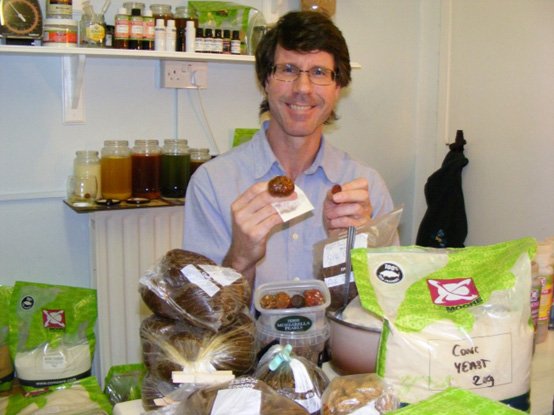Homemade Hook Baits For Big Carp
Free Carp Bait Making ArticlesIn carp fishing homemade hook baits rank among your biggest edge! You can make homemade hook baits precisely, using all the ingredients, additives, enhancers and stimulatory effects you personally desire. This includes your hook bait protein and feeding trigger densities, solubilities and releases, breakdown times, textures, coatings, sizes and shapes. Being able to make your hook baits create constant streams of stimulation and attraction chemically and visually, gets fish on the bank!
How your hook baits move in the water is a huge key to success! The way your hook baits break down has a massive impact on the fish and the water column as well as providing competitive advantages over carp feeding caution. Make them differently and you will give your carp a new experience, a new feeding opportunity!
Hook baits are the most important bait in carp fishing; they are the bait that gets your hook inside the mouth. They’d better be the very best baits you ever use, always!
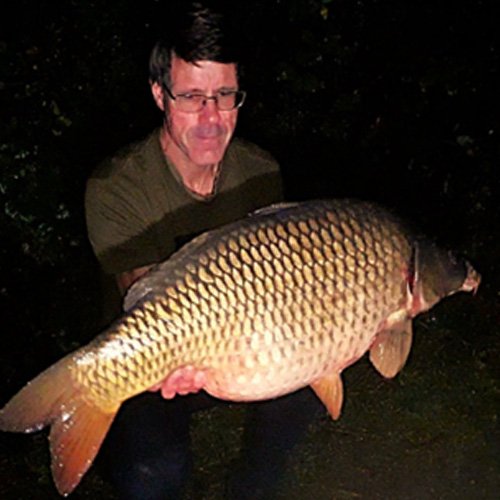
With hook baits like pop-ups, wafters and bottom baits, you’ve got to be totally confident in them. When you get to know the feeding triggers, attractors and enhancers etc in them because you’ve chosen them yourself, means truly having a unique advantage in influencing powerful stimulatory effects on carp sensory systems.
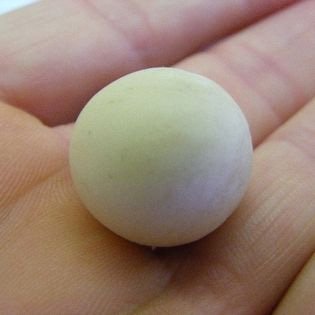
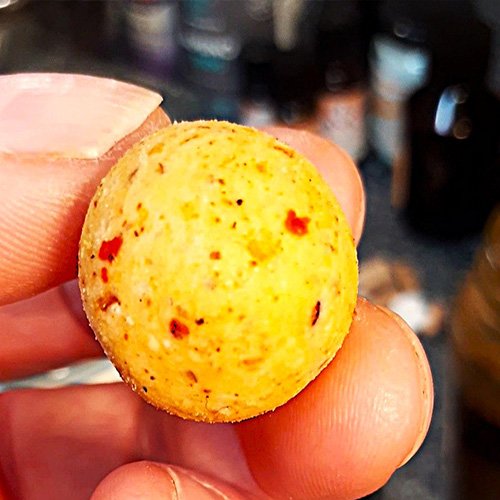
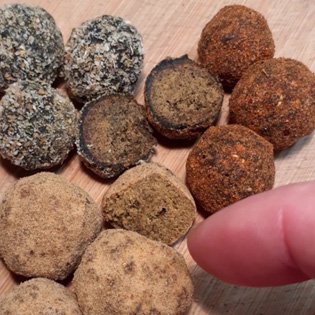
All too many times the visual aspects of hook baits are literally highlighted. Yet you have the edge with hook baits that stimulate carp from range, far out of sight of any visual factors!
Having a working understanding and knowledge of feeding triggers and their levels and dynamics in choices of ingredients etc to create recipes, is really fundamental. This literally all begins at ‘beginner ‘levels in the ECourse and tuition. It must be practical to be effective!
Some hook bait recipes, protein blends, flavour packages and activators will have more impact on the external gustatory system close-up. Others have more impacts on the olfactory system and from range. Receptors along the lateral line, in the face, mouth, fins and throat, as well as gut, along with digestive enzymes, microbiome and (its immunity dynamics seasonally,) cellular metabolism etc, are all available for bait exploitation and optimisation.
These along with flavour and soluble additives etc ionise the water and carp are highly sensitive to such subtle differences in water chemistry surrounding their entire bodies. They are as I like to say ‘swimming tongues!’
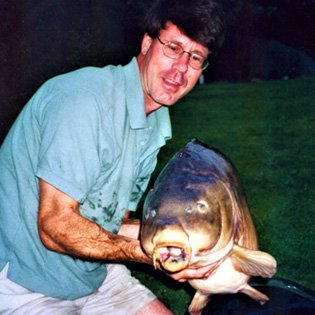
For instance, the active biological potency of many hook bait components (which are soluble or at least partially miscible,) are not just detected as ‘flavour smell and taste’ experiences. They instantly get to work to your unique advantage, altering carp brain chemistry, mood and reactive motile actions and behaviours that overcome caution; leading to more hooked fish!
If your free baits get carp into an excited feeding state from range, even in a competitive feeding mode, then your hook baits take this further. Your hook baits may be more intense, more highly-concentrated versions of your free baits, highlighted with triggers and enhancers, appetite stimulators, liquid palatants, sweeteners etc.
Or you can make and exploit hook baits which will stand out, being completely different recipes and flavour, taste experience profiles, different densities, sizes, colours, shapes etc. You can make hook baits sinking bottom baits much heavier than your free baits or much lighter, less dense, wafting our buoyant.
Boilie baits, paste, and homemade pellets can be pale, looking washed-out as if visually looking having been in the water possibly for days. Maybe vividly-contrasting colours and tones can provide more visually-highlighted visual stimulation up close. Maybe bait soaks and flavoured ‘goos’ are your thing; all can be made, or adapted and refined-tailored to your preferences.
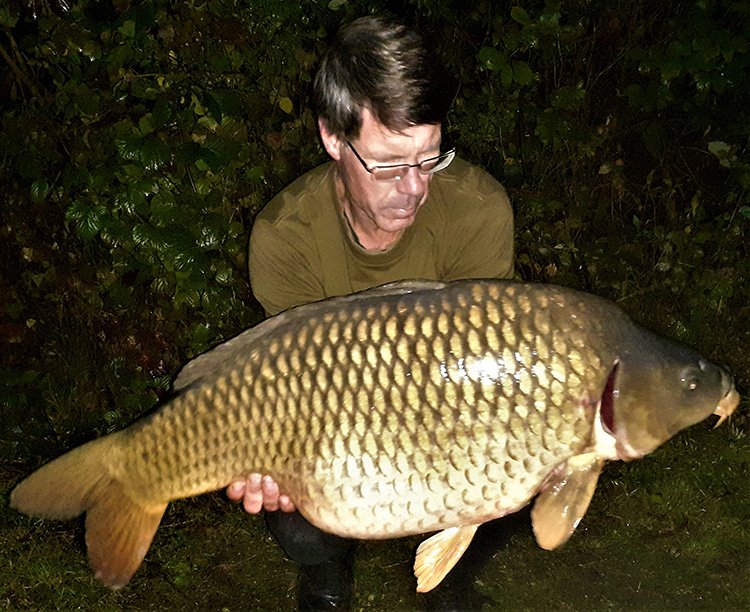
In clear first light or afternoon shallows on clay, or gravel, or over deep silt, silk weed or other weed at night. Changing moon and sunlight angles can alter perspectives as well as water clarity, turbidity etc.
Enhancing your baits using fermentation or culturing methods more efficiently optimises your baits ionising potential, releasing amino acids; giving your carp signals of digestive short-cuts they’re hardwired to exploit.
Hook bait coating can do this too and this subject is among my favourites in actively working the water column. Penetrating the silt, creating halo effects of triggers around baits, layering and moving bait substances near or far and wide to pull and hold fish. The ability to stimulate carp from range, plus to achieve this long before prime feeding time and prolong this effect, are among the most powerful in competitive fishing situations for big fish.
Uniquely-coated homemade hook baits and free baits can easily produce more concentrated dissolved plumes and trails of feeding triggers and attractors than air-dried uncoated baits. They can pull fish from further away, from deeper and for longer periods as each bait works harder! This is why it’s so worthwhile making them!
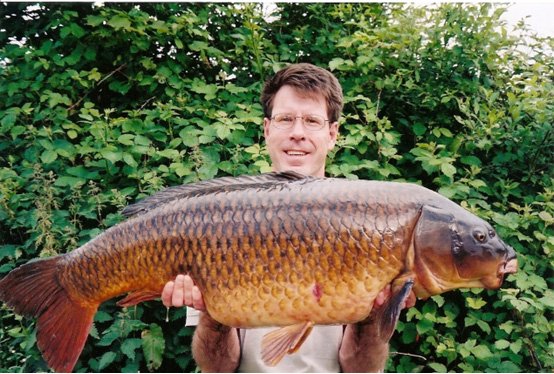
Learning to make carp bait is like a nutritional culinary master class, so the ECourse, plus the tuition, are a form of tailor-made personalised hook bait master class. It has to be because the only bait that matters most is your hook bait!
I’m a great believer in priming the water column with soluble bait and particulates before prime feeding times. This really sensitises fish where to directly locate your baits (and to their unique nutritional profiles.) well in advance of feeding. On some levels watching fish respond to this is even more exciting that catching the fish because you are controlling their responses in such a direct way specific to your bait designs and bait applications.
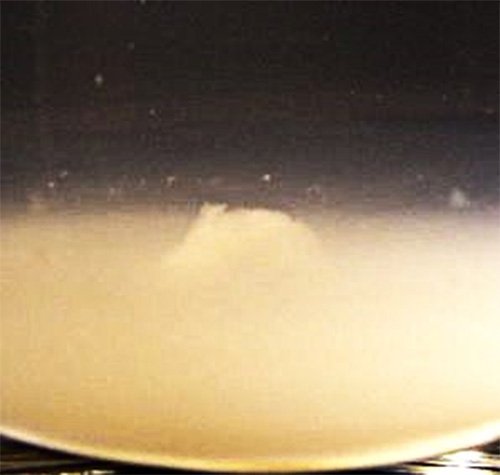
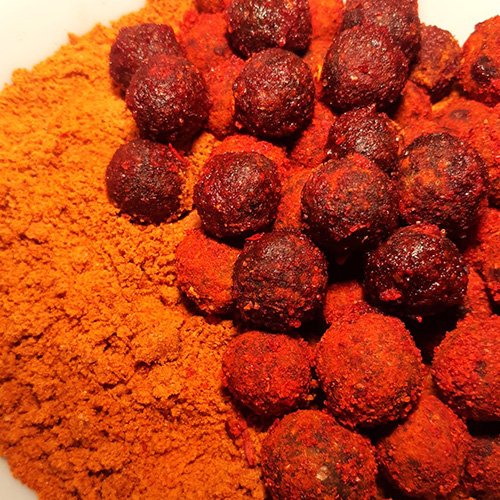
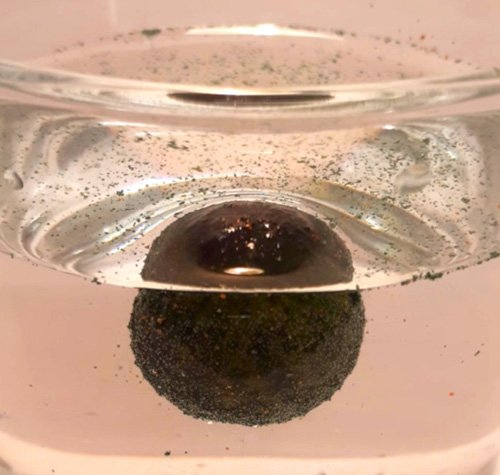
Coated baits with uneven larger surface areas than perfectly round baits radically help bait dispersal and feeding triggers impacts. Handmade hook baits can have unique density and weight and movement properties compared to 360-degree machine or rolling table boilies.
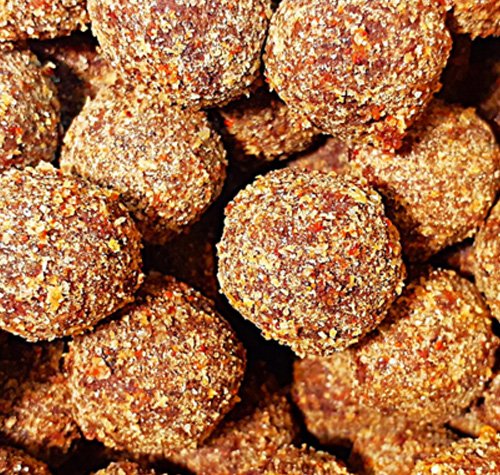
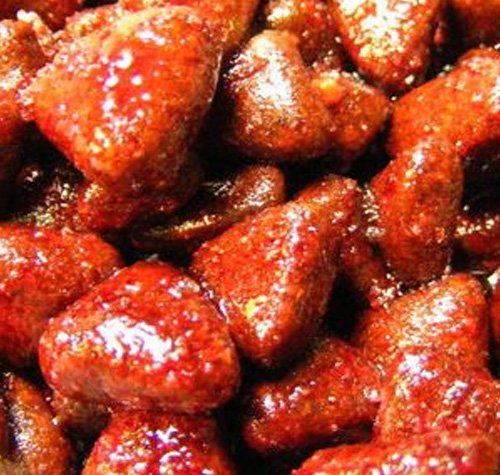
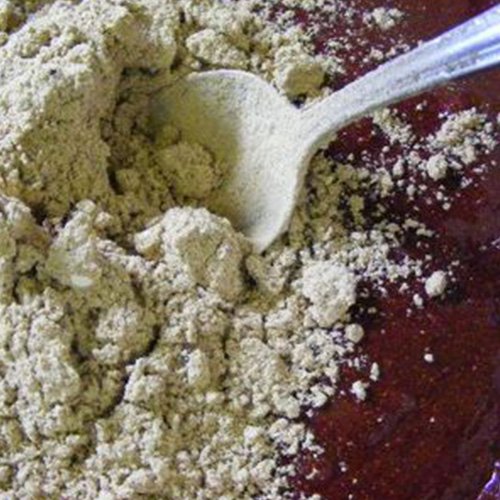
This example also avoids risks inherent in using many popular commercial flavours built upon all too familiar solvent bases, such as propylene glycol! Captures of so many big fish in low temperatures of winter on baits with biological potency, for example oleoresins, essential oils, polyphenols and metabolites, are a huge case in point!
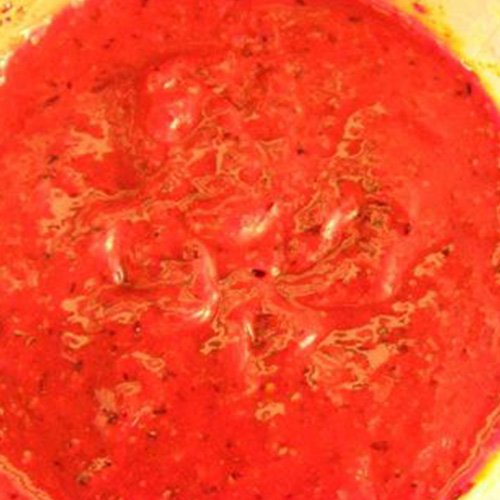
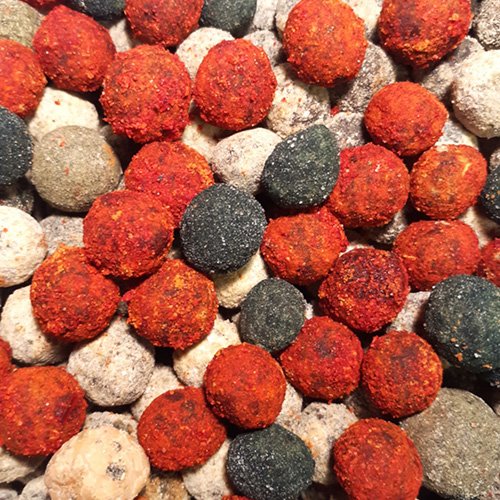
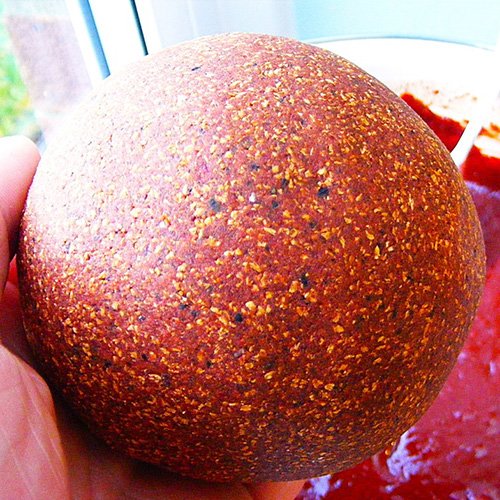
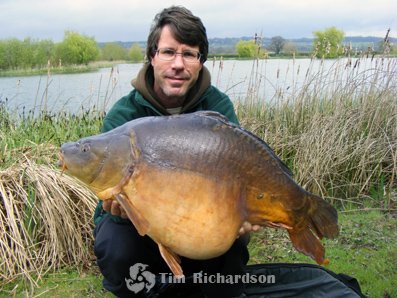
There are no ‘mistakes in making bait, only learning applied to new applications. For example, baits made as sinking free baits that begin to float enhance understanding of how to make self-buoyant wafters and pop-ups.
Baits made to waft and pop-up and float, that sink can be applied in many ways. For example, chopped and used in active PVA bags and crushed as neutral buoyancy ground bait carpets over silk weed, deep silt and chod. Each ‘mistake’ is in fact a new breakthrough!
This is why keeping detailed recorded oral or visual notes is so vital, especially in the early days of bait-making beginners, experimenting with new ingredients, levels and recipes. The ability to repeatedly constantly refine and remake, adapt and tune new winning baits consistently, comes from keeping these notes so you can always keep making winners with absolute confidence!
